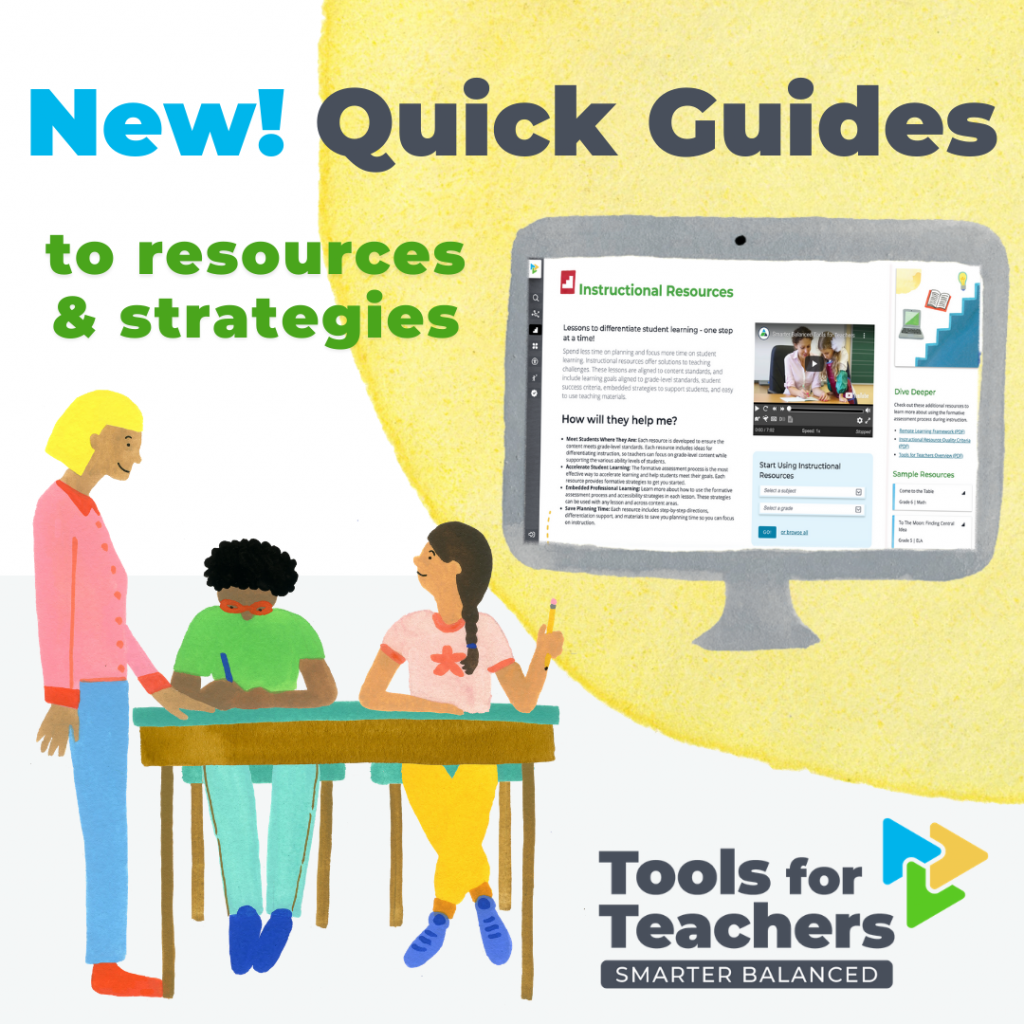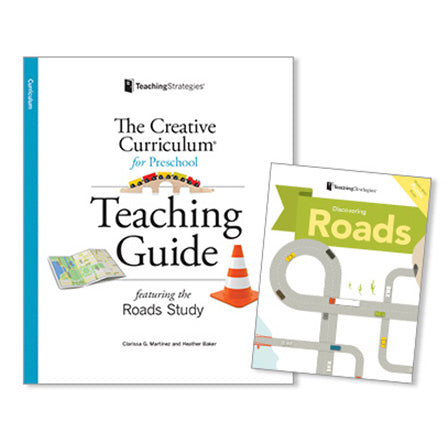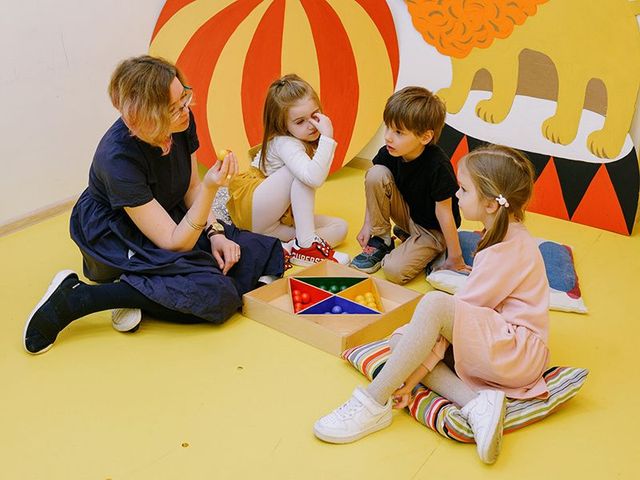Teaching Strategies are the methods and techniques used by teachers to help students learn. There are many different types of teaching strategies, each with its own advantages and disadvantages. The best teaching strategy for a particular class will depend on the age, learning style, and needs of the students. In this article, we will discuss the different types of teaching strategies, how to choose the right teaching strategy, and effective teaching strategies for different learning styles. We will also provide tips for implementing teaching strategies in the classroom. Whether you are a new teacher or an experienced educator, this article will provide you with valuable information on teaching strategies that can help you improve your teaching and help your students succeed.

1. Types of Teaching Strategies
Teacher-Centered Strategies
Teacher-centered strategies are those in which the teacher is the primary source of information and direction. Students are expected to listen to the teacher, take notes, and complete assignments. This type of strategy is often used in traditional classrooms, where the teacher is seen as the expert and the students are seen as learners.
There are many different types of teacher-centered strategies, including:
- Lecture: The teacher delivers a speech to the class, presenting information and explaining concepts.
- Demonstration: The teacher shows students how to do something, such as solve a math problem or write an essay.
- Discussion: The teacher leads a discussion with the class, asking questions and encouraging students to share their thoughts and ideas.
| Strategy | Description | Advantages | Disadvantages |
|---|---|---|---|
| Lecture | The teacher delivers a speech to the class, presenting information and explaining concepts. |
|
|
| Demonstration | The teacher shows students how to do something, such as solve a math problem or write an essay. |
|
|
| Discussion | The teacher leads a discussion with the class, asking questions and encouraging students to share their thoughts and ideas. |
|
|
Student-Centered Strategies
Student-centered strategies are those in which the students are actively involved in their own learning. They are given opportunities to explore their interests, develop their own ideas, and work at their own pace. This type of strategy is often used in progressive classrooms, where the teacher is seen as a facilitator and the students are seen as partners in the learning process.
There are many different types of student-centered strategies, including:
- Inquiry-based learning: Students are given a problem or question to solve, and they must use their own research and experimentation to find the answer.
- Project-based learning: Students work on a project over an extended period of time, applying their knowledge and skills to create a product or presentation.
- Cooperative learning: Students work together in small groups to complete a task or project.
Related Post: Locomotor Movement: Understanding the Body’s Movement Mechanics

2. How to Choose the Right Teaching Strategy
Choosing the right teaching strategy is essential for effective teaching. The best teaching strategy will vary depending on the age, learning style, and needs of the students, as well as the subject matter being taught. Some factors to consider when choosing a teaching strategy include:
- The age of the students: Younger students may need more concrete and hands-on activities, while older students may be able to handle more abstract concepts.
- The learning style of the students: Some students learn best by listening, while others learn best by reading or doing. It is important to choose a teaching strategy that matches the learning style of the students.
- The needs of the students: Some students may need more support than others. It is important to choose a teaching strategy that meets the needs of all students.
- The subject matter being taught: Some subjects, such as math, may require a more structured teaching approach, while others, such as art, may be more open-ended.
Once you have considered these factors, you can begin to choose a teaching strategy. There are many different teaching strategies to choose from, so it is important to do some research and find one that you are comfortable with and that you think will be effective for your students.
| Teaching Strategy | Description | Advantages | Disadvantages |
|---|---|---|---|
| Lecture | The teacher delivers a speech to the class, presenting information and explaining concepts. |
|
|
| Demonstration | The teacher shows students how to do something, such as solve a math problem or write an essay. |
|
|
| Discussion | The teacher leads a discussion with the class, asking questions and encouraging students to share their thoughts and ideas. |
|
|
Once you have chosen a teaching strategy, it is important to implement it effectively. This means being prepared, organized, and enthusiastic. It is also important to be flexible and adapt your teaching strategy as needed to meet the needs of your students.
Choosing the right teaching strategy is an important part of effective teaching. By considering the factors discussed above, you can choose a teaching strategy that will help your students learn and succeed.
Related Post: Locomotor Movement: Understanding the Body’s Movement Mechanics

3. Effective Teaching Strategies for Different Learning Styles
Visual Learners
Visual learners learn best by seeing information presented in a visual format, such as charts, graphs, diagrams, and pictures. They may also enjoy watching videos and demonstrations. Some effective teaching strategies for visual learners include:
- Use visual aids: When presenting information, use visual aids such as charts, graphs, diagrams, and pictures. This will help visual learners to understand the information more easily.
- Provide opportunities for hands-on learning: Visual learners often benefit from hands-on learning experiences. This could involve activities such as building models, conducting experiments, or creating presentations.
- Use color and highlighting: Visual learners may find it helpful to use color and highlighting to emphasize important information.
Related Post: Locomotor Movement: Understanding the Body’s Movement Mechanics
Auditory Learners
Auditory learners learn best by hearing information presented in an auditory format, such as lectures, discussions, and music. They may also enjoy listening to podcasts and audiobooks. Some effective teaching strategies for auditory learners include:
- Use verbal explanations: When presenting information, use verbal explanations to help auditory learners understand the information.
- Provide opportunities for discussion: Auditory learners often benefit from opportunities to discuss the information they are learning. This could involve activities such as class discussions, group projects, or debates.
- Use music and sound effects: Auditory learners may find it helpful to use music and sound effects to enhance their learning experience.
| Learning Style | Characteristics | Effective Teaching Strategies |
|---|---|---|
| Visual Learners | Learn best by seeing information presented in a visual format | Use visual aids, provide opportunities for hands-on learning, use color and highlighting |
| Auditory Learners | Learn best by hearing information presented in an auditory format | Use verbal explanations, provide opportunities for discussion, use music and sound effects |
Kinesthetic Learners
Kinesthetic learners learn best by doing and experiencing. They may enjoy activities such as building models, conducting experiments, and participating in role-playing exercises. Some effective teaching strategies for kinesthetic learners include:
- Provide opportunities for hands-on learning: Kinesthetic learners benefit from opportunities to learn by doing. This could involve activities such as building models, conducting experiments, or participating in role-playing exercises.
- Use movement and gestures: Kinesthetic learners may find it helpful to use movement and gestures to enhance their learning experience.
- Provide opportunities for physical activity: Kinesthetic learners may benefit from opportunities to get up and move around during class.
Related Post: Locomotor Movement: Understanding the Body’s Movement Mechanics

4. Tips for Implementing Teaching Strategies
Planning and Preparation
Effective implementation of teaching strategies requires careful planning and preparation. This includes identifying the learning objectives, selecting appropriate teaching materials, and creating a lesson plan that outlines the activities and procedures that will be used. It is also important to consider the needs of the students and to make sure that the teaching strategies are aligned with the curriculum.
When planning and preparing for instruction, it is important to consider the following:
- The learning objectives: What do you want students to learn from the lesson?
- The teaching materials: What resources will you need to teach the lesson?
- The lesson plan: How will you structure the lesson and what activities will you use?
- The needs of the students: How can you accommodate the different learning styles and needs of your students?
- The curriculum: How does the lesson align with the curriculum?
Related Post: Locomotor Movement: Understanding the Body’s Movement Mechanics
Implementation and Assessment
Once you have planned and prepared for instruction, you can begin to implement your teaching strategies. It is important to be flexible and adapt your strategies as needed to meet the needs of your students. It is also important to assess student learning throughout the lesson to ensure that they are understanding the material.
When implementing and assessing teaching strategies, it is important to consider the following:
- Be flexible: Be prepared to adapt your teaching strategies as needed to meet the needs of your students.
- Assess student learning: Regularly assess student learning to ensure that they are understanding the material.
- Provide feedback: Give students feedback on their work to help them improve their learning.
- Reflect on your teaching: Regularly reflect on your teaching to identify areas where you can improve.
| Step | Description |
|---|---|
| Planning and Preparation | Identify learning objectives, select teaching materials, create lesson plan, consider student needs, align with curriculum |
| Implementation and Assessment | Be flexible, assess student learning, provide feedback, reflect on teaching |
Related Post: Locomotor Movement: Understanding the Body’s Movement Mechanics

Final Thought
Teaching strategies are an essential part of effective teaching. By choosing the right teaching strategy and implementing it effectively, teachers can help students learn more effectively and achieve their full potential. We encourage you to experiment with different teaching strategies to find what works best for you and your students. With careful planning and implementation, teaching strategies can be a powerful tool for improving student learning.



